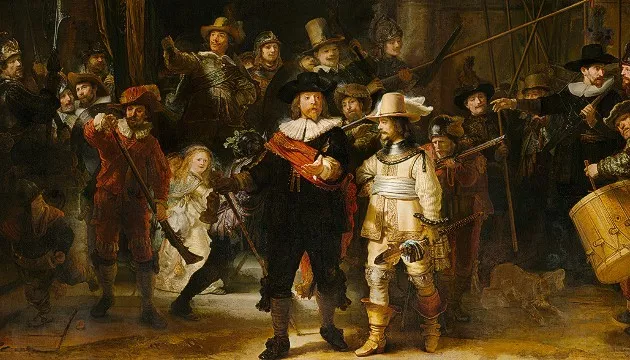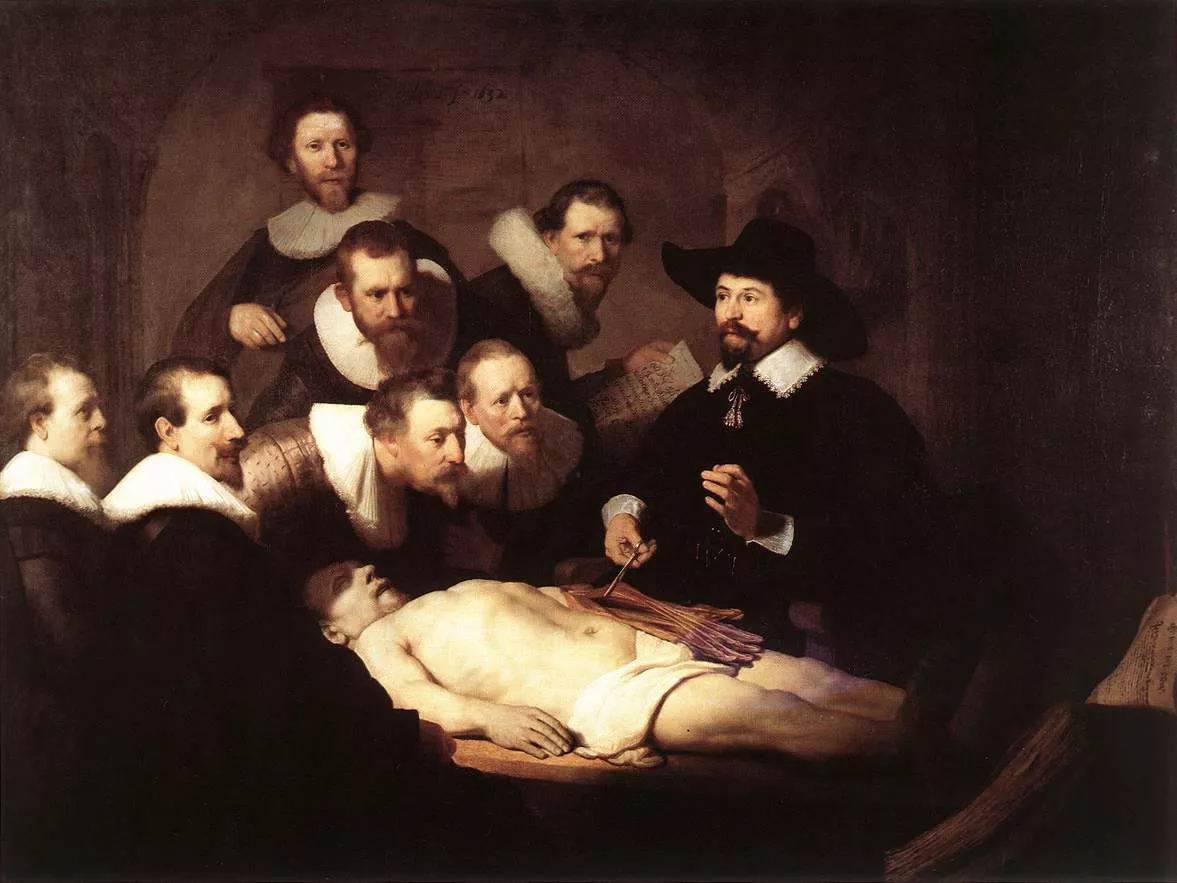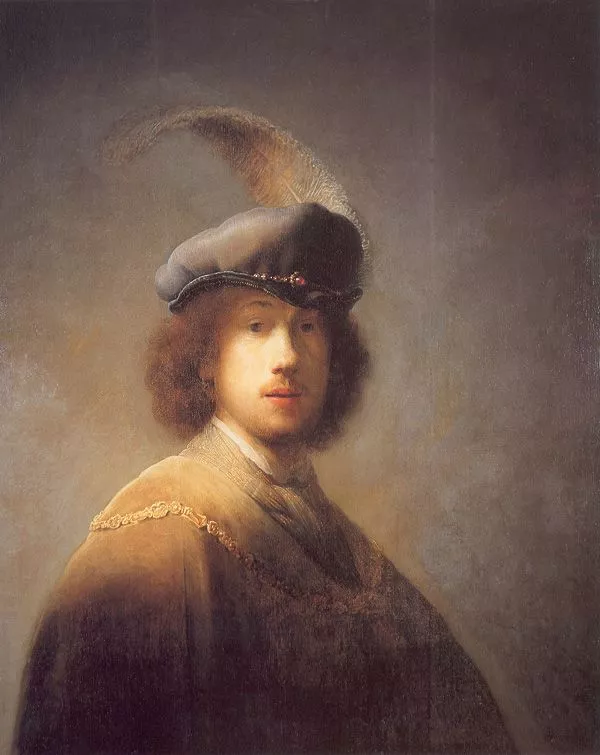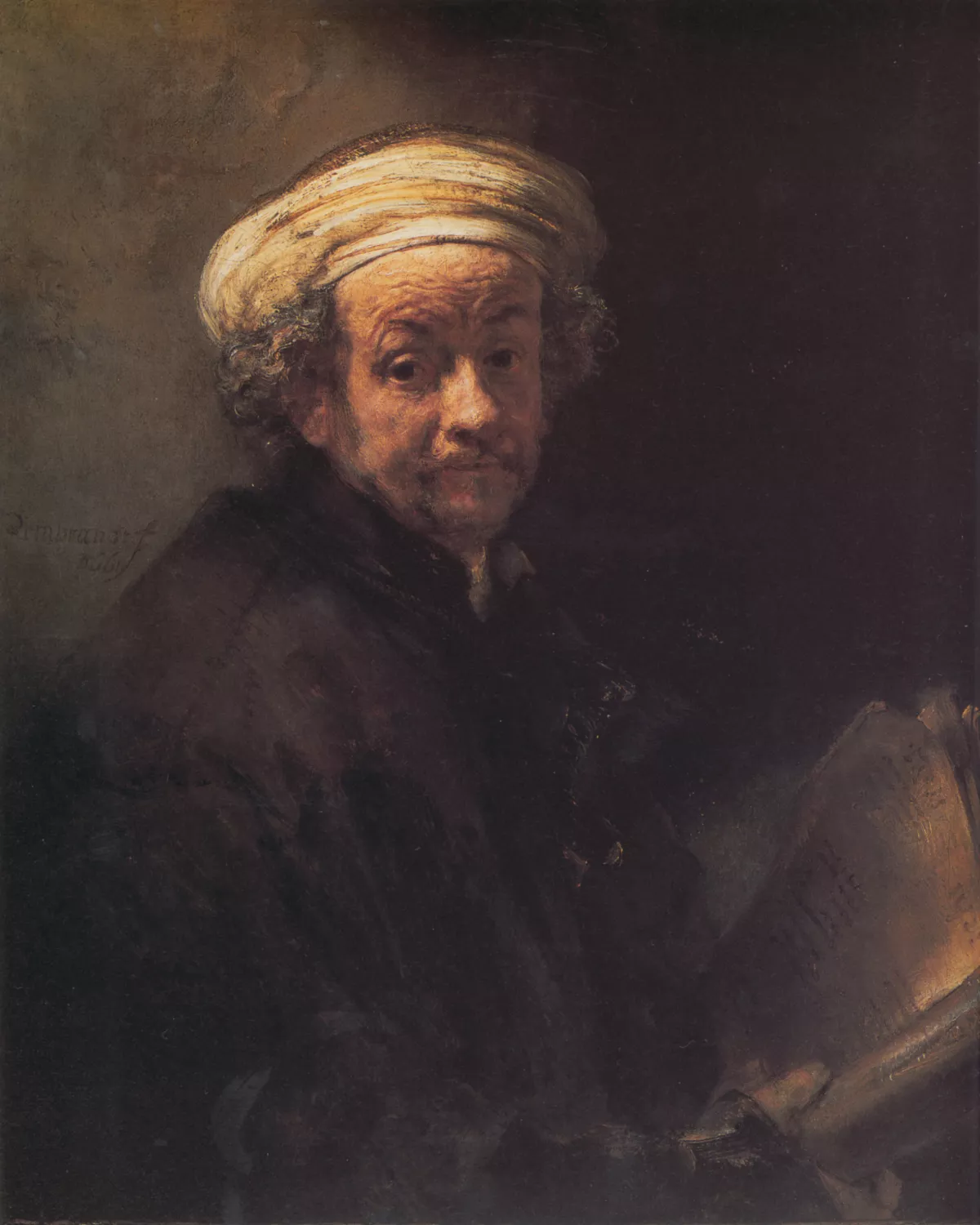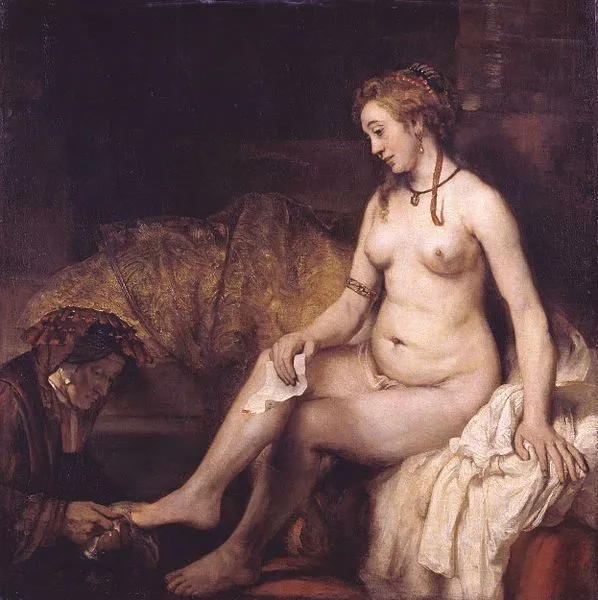Rembrandt Van Rijn Biography
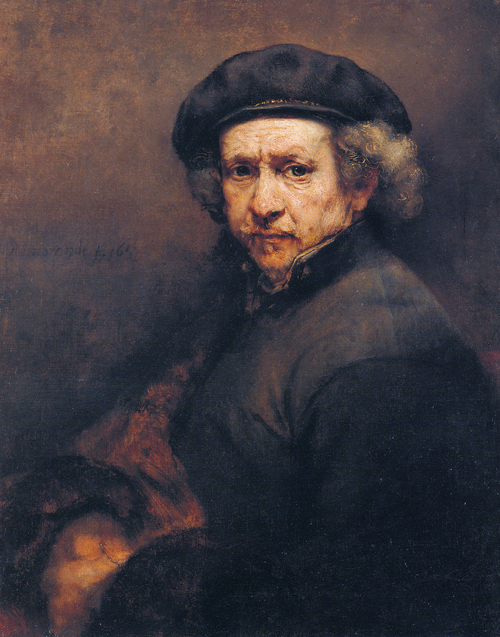
Rembrandt Harmenszoon van Rijn (1606-1669) was a Dutch Baroque painter, printmaker, and draughtsman, widely regarded as one of the greatest visual artists in history. Born in Leiden, Netherlands, Rembrandt received a classical education before studying art under Jacob van Swanenburg and Pieter Lastman. He quickly gained recognition as a master of portraits, historical, biblical, and mythological scenes, and landscapes, known for his innovative approach to composition, light, and shadow. Rembrandt's work is characterized by a deep psychological study of his subjects, a devotion to realism, and an unparalleled ability to convey emotion. Despite facing personal tragedies and financial difficulties, Rembrandt remained dedicated to his art throughout his life, leaving behind a vast and influential body of work that includes masterpieces such as The Night Watch, The Anatomy Lesson of Dr. Nicolaes Tulp, and numerous self-portraits.
Early Life and Education
Rembrandt Harmenszoon van Rijn was born on July 15, 1606, in Leiden, Netherlands, the ninth child of Harmen Gerritszoon van Rijn, a miller, and Neeltgen Willemsdochter van Zuijtbrouck, a baker's daughter. Rembrandt's family was quite well-to-do, and religion played a significant role in his upbringing, with his mother being Catholic and his father belonging to the Dutch Reformed Church.
As a boy, Rembrandt attended Latin school and was enrolled at the University of Leiden in 1620. However, his inclination towards art led him to become an apprentice to Jacob van Swanenburg, with whom he studied for three years. He then spent six months under the tutelage of history painter Pieter Lastman in Amsterdam, a brief but influential period in his artistic development.
The Leiden Period (1625-1631)
In 1625, Rembrandt returned to Leiden as a master artist and spent the next six years laying the foundation for his life's work. During this period, Lastman's influence was evident in Rembrandt's work, as he often deconstructed his former master's compositions and reassembled them into his own. Rembrandt's paintings from this time were generally small but rich in detail, with religious and allegorical themes being prominent.
It was also during the Leiden period that Rembrandt began working on etchings (1626) and self-portraits. His approach to self-portraiture was notable for the physiognomic differences between each image, showcasing his ability to capture a range of expressions and emotions.
Rise to Fame in Amsterdam (1632-1642)
Rembrandt moved to Amsterdam in 1632, where he quickly gained recognition as a prominent portraitist. He attracted attention with dramatic compositions like The Anatomy Lesson of Dr. Tulp (1632). In securing commissions, Rembrandt was assisted by the Mennonite art dealer Hendrick Uylenburgh, whose cousin Saskia he married in 1634.
During the 1630s, Rembrandt experienced great success, taking on several pupils and assistants, starting his art collection, and living the life of a cultivated gentleman. His residence, purchased in 1639, is now the Rembrandt House Museum. Rembrandt's confidence and urbanity during this period are evident in his Self-Portrait of 1640, modeled upon courtly portraits by Raphael and Titian.
Artistic Evolution and Personal Challenges (1640s-1650s)
In the 1640s, Rembrandt's style shifted from the theatrical manner of the previous decade to a more contemplative one, as seen in works like Aristotle with a Bust of Homer (1653). This change reflected both the tastes of the time and personal circumstances, including the death of his wife Saskia in 1642 and financial difficulties.
The year 1642 also marked the completion of The Night Watch, a monumental group portrait that has been the subject of much speculation regarding its supposed role in Rembrandt's declining popularity. However, modern research has found no evidence to support the idea that the painting was rejected or that Rembrandt experienced a "downfall" as a result.
From 1642 to 1652, Rembrandt's artistic output diminished significantly, with no painted portraits produced during this time. Some scholars suggest that this may have been due to an artistic crisis, as Rembrandt grappled with the limitations of his methods.
Later Years and Legacy (1660s)
Despite financial struggles and personal challenges, Rembrandt continued to receive commissions from prominent patrons in the 1660s, such as The Syndics of the Amsterdam Drapers' Guild (1662). His later works demonstrate his mastery of light, space, atmosphere, and human emotion, as evident in paintings like The Jewish Bride (Rijksmuseum, Amsterdam).
Rembrandt's etchings, of which he produced around 300, showcase his ability to suggest various kinds of illumination and painterly effects. He extended the medium's capacity to convey emotion and depth, with works like The Three Crosses (1653) being radically revised between different states to alter the design and expression.
Rembrandt's influence extended well beyond his lifetime, inspiring numerous Dutch and German painters in the 17th century, as well as artists throughout Europe in the 18th and 19th centuries. His work has been the subject of extensive academic research, encompassing fields such as art history, philosophy, psychology, theology, and more.
Rembrandt died on October 4, 1669, in Amsterdam, leaving behind a legacy as one of the greatest artists in history. His ability to capture the human experience, combined with his technical mastery and innovative approach, has solidified his place as a timeless master of European art.
Famous Works
Rembrandt's most famous paintings include The Night Watch, The Anatomy Lesson of Dr. Nicolaes Tulp, Bathsheba at Her Bath, and his numerous self-portraits, which showcase his mastery of light, shadow, and human emotion.
Most Famous Rembrandt Van Rijn Paintings
The Night Watch (1642)
The Night Watch oil painting, formally known as Militia Company of District II under the Command of Captain Frans Banninck Cocq, is a monumental group portrait that marks a significant milestone in Rembrandt's career. The painting depicts a company of civic guardsmen moving out, led by their captain and his lieutenant. Rembrandt's innovative composition and use of light and shadow create a sense of movement and drama, making The Night Watch one of his most iconic works.
The Anatomy Lesson of Dr. Nicolaes Tulp (1632)
This painting depicts Dr. Nicolaes Tulp, a renowned Dutch surgeon, giving an anatomy lesson to a group of surgeons. Rembrandt's masterful use of light and his ability to convey the concentration and curiosity of the attendees make this work a powerful example of his skill as a portraitist and storyteller.
Self-Portraits
Rembrandt produced numerous self-portraits throughout his career, creating an intimate visual autobiography. These works showcase the artist's ability to capture a range of emotions and expressions, as well as his mastery of light and shadow. Notable examples include Self-Portrait with Beret and Turned-Up Collar (1659) and Self-Portrait as the Apostle Paul (1661).
Bathsheba at Her Bath (1654)
This painting shows the biblical story of Bathsheba, the wife of Uriah, as she receives a letter from King David summoning her to his palace. Rembrandt's sensitive portrayal of Bathsheba's contemplative state and his masterful use of color and texture make this work a powerful example of his ability to convey human emotion and psychological depth.
***
Rembrandt Harmenszoon van Rijn's life and work have left an indelible mark on the history of art. His innovative approach to painting, printmaking, and drawing, combined with his deep understanding of the human experience, has made him a timeless master of European art. Through his portraits, self-portraits, and biblical scenes, Rembrandt captured the essence of the human condition, creating works that continue to resonate with viewers centuries after their creation.
Despite facing personal tragedies and financial difficulties, Rembrandt remained dedicated to his art throughout his life, producing a vast body of work that spans multiple genres and media. His influence can be seen in the works of countless artists who followed in his footsteps, from his contemporaries in the Dutch Golden Age to modern-day practitioners.
Today, Rembrandt's legacy lives on through his masterpieces, which can be found in prestigious museums and collections around the world. His work continues to inspire and captivate audiences, serving as a testament to his enduring genius and the timeless power of art to illuminate the human experience.
